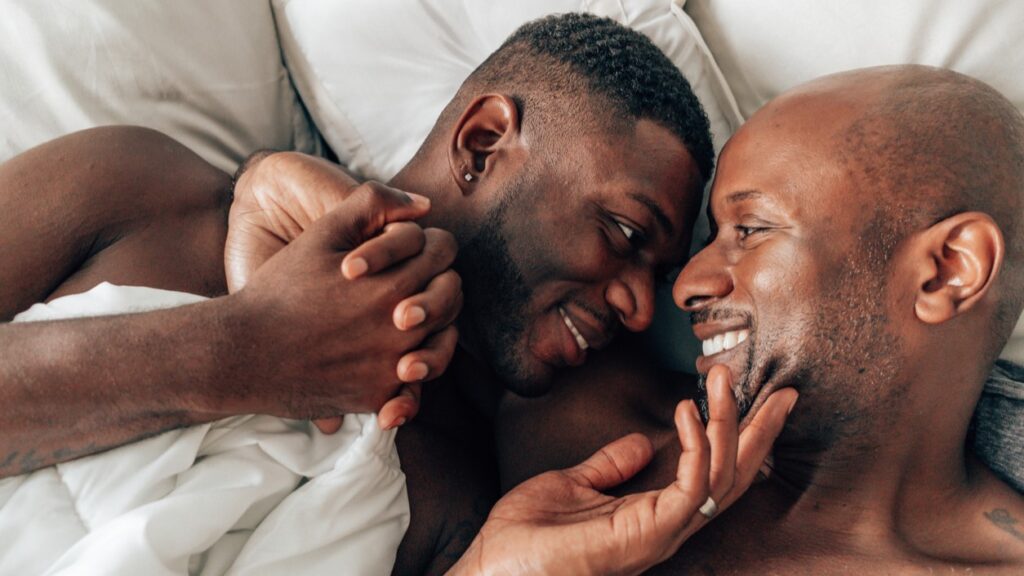As we get older, many things change. Scientists are asking: is the orgasm gap one of them?
A Sexual Medicine study of nearly 25,000 American singles examines how age influences climax rates across gender and sexual orientation. Previous research on the orgasm gap has already revealed significant differences based on gender, sexual orientation, and ethnicity.
By investigating this unexplored topic, the study aims to uncover insights that could improve sexual functioning throughout life.
Exploring climax rates across age groups

In the first study of its kind, scientists at the renowned Kinsey Institute assessed the impact of age on orgasm frequency.
They explored three questions: whether age is linked to orgasm rates, how age influences these rates when considering gender and sexual orientation, and if the orgasm gap exists across all age groups.
The scientists analyzed data from the annual Singles in America (SIA) survey. It included responses from 24,752 U.S. adults collected across eight different surveys between 2015 to 2023. All participants were single, meaning they were not married or in a committed relationship.
In total, 53% were women (13,127) and 47% were men (11,625). Ages ranged from 18 to 100, with an average age of 44. They were categorized into five age groups: emerging adults (18-24 years), young adults (25-34 years), early middle adults (35-49 years), late middle adults (50-64 years), and elder adults (65+ years).
Participants were asked: “When having sexual intercourse in general, what percentage of the time do you usually have an orgasm?” They responded on a scale from 0% to 100%.
Unpacking age and the orgasm gap

Age did affect climax rates, but its impact was subtle and complex, varying by gender and sexual orientation.
Across all five age groups, men reported having orgasms more frequently than women. Specifically, men experienced climax 70% to 85% of the time during sex, compared to 46% to 58% for women.
On average, men’s orgasm rates were 22% higher in emerging adults (18-24 years) and 30% higher in elder adults (65+ years).
Assessing age, sexual orientation and gender differences
As bisexual men, lesbian women, and gay men got older, their orgasm rates increased slightly. By late middle adulthood (50-64 years), bisexual participants reported slightly higher orgasm rates than their gay and lesbian peers.
However, for emerging and young adults (18-34 years), sexual orientation and gender did not significantly affect orgasm frequency.
For people aged 35 and older, heterosexuals reported having orgasms more often than gay, lesbian, or bisexual individuals.
In late middle adulthood (50-64 years old), gay and bisexual men reported experiencing orgasms less frequently than heterosexual men.
Lesbian and bisexual women reported higher orgasm rates than heterosexual women in early middle age (35-49), with lesbians experiencing the most.
Future directions

As the orgasm gap continues to thrive, so must research examining its impact on diverse populations.
The study found a minimal connection between age and climax rates, with disparities between men and women of all ages. While sexual orientation also played a role in orgasm rates, its effect varied depending on age and gender.
“Older gay and bisexual men and lesbian women reported higher orgasm rates than their younger counterparts, suggesting that age may enhance understanding of one’s own sexual needs and preferences,” wrote the authors.
“However, the persistent gap between men and women across all ages indicates that age alone does not address the underlying factors contributing to orgasm disparities.”
Scientists recommend future research focus on sexual pleasure and wellbeing among aging sexual minorities.
This exploration may unearth deeper insights to drive more inclusive sexual pleasure and satisfaction across the lifespan.



